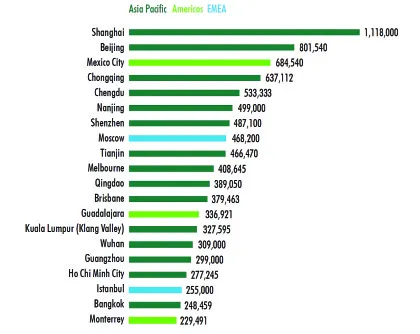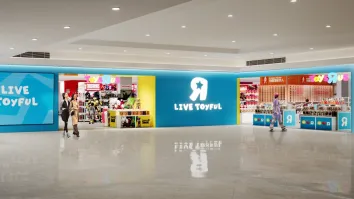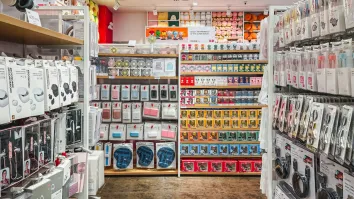
China dominates with highest number of mall completions
Global pipeline of development drops as retailers try to strike a balance between bricks-and-mortar and e-commerce strategies.
Developers completed 12.5 million sqm of malls globally last year, according to CBRE’s annual study of global retail development, up 11.4% from 2015. The Global Shopping Center Development viewpoint revealed that China once again registered the world’s highest annual completions, dominating the top 10 most active global markets with seven Chinese cities making the list. In fact, the only non-Chinese city in Asia-Pacific to have made the top 10 is Melbourne at number 10.
However, momentum appeared to wane in many countries as retailers strive to find the right balance of physical stores and online operations. “In the omni-channel era, retailers are focused on ensuring that they have the optimal mix of bricks-and-mortar stores and e-commerce operations, so they are using sophisticated analytics and market knowledge to choose the best store sites rather than the most store sites,” said Anthony Buono, chairman of CBRE’s global retail executive committee.
CBRE’s Global Shopping Center Development revealed the top markets for shopping centre completions in 2016 (sqm).
In South-east Asia, retail completions were similar to 2015 levels, with most projects located in suburban areas. Increased competition and ample pipelines have put rents in these areas under pressure.
Still building
Overall, construction activity has slowed in many markets amid a more cautious approach by investors and occupiers. The global pipeline of retail centres under construction declined by 22% year-onyear to 33.5 million sqm at the end of last year, according to the CBRE report.
The Asia-Pacific region, particularly China, remained the global hotspot for retail construction, totalling 26.6 million sqm, which is 79% of the global total. Of this, China accounted for 19.7 million sqm.
Additionally, more than 90% of Asia-Pacific cities hosted large-scale retail construction last year, compared to 56% of cities in the Americas and 14% in Europe, the Middle East and Africa.
“The Chinese retail market is showing some signs of recovery. Leasing demand is stabilising despite oversupply concerns,” said Joel Stephen, senior director, advisory and transactions, retail, CBRE Asia. “Retail markets are thriving across Asia-Pacific, with strong demand supporting construction in markets such as Melbourne, Brisbane and Ho Chi Minh City.”
However, the research suggested that investors and occupiers are cautious as significant market saturation in many markets have slowed shopping centre construction.
China’s largest volumes of retail space under construction are in Shenzhen and Shanghai, which together accounted for about 40% of the pipeline in China. Elsewhere, retail construction remained rather limited in India, especially Tier 1 cities such as New Delhi and Mumbai, while major retail markets in Asia such as Tokyo, Hong Kong and Seoul are all anticipating mixed-use development in their central business district (CBD) locations.
Strong competition among landlords and the increasing impact of e-commerce have also led to delayed centre openings, or centres opening without being fully occupied. Launched in April this year, the Global Shopping Center Development viewpoint is a research piece which explores the world’s most active shopping centre markets.



















 Advertise
Advertise








